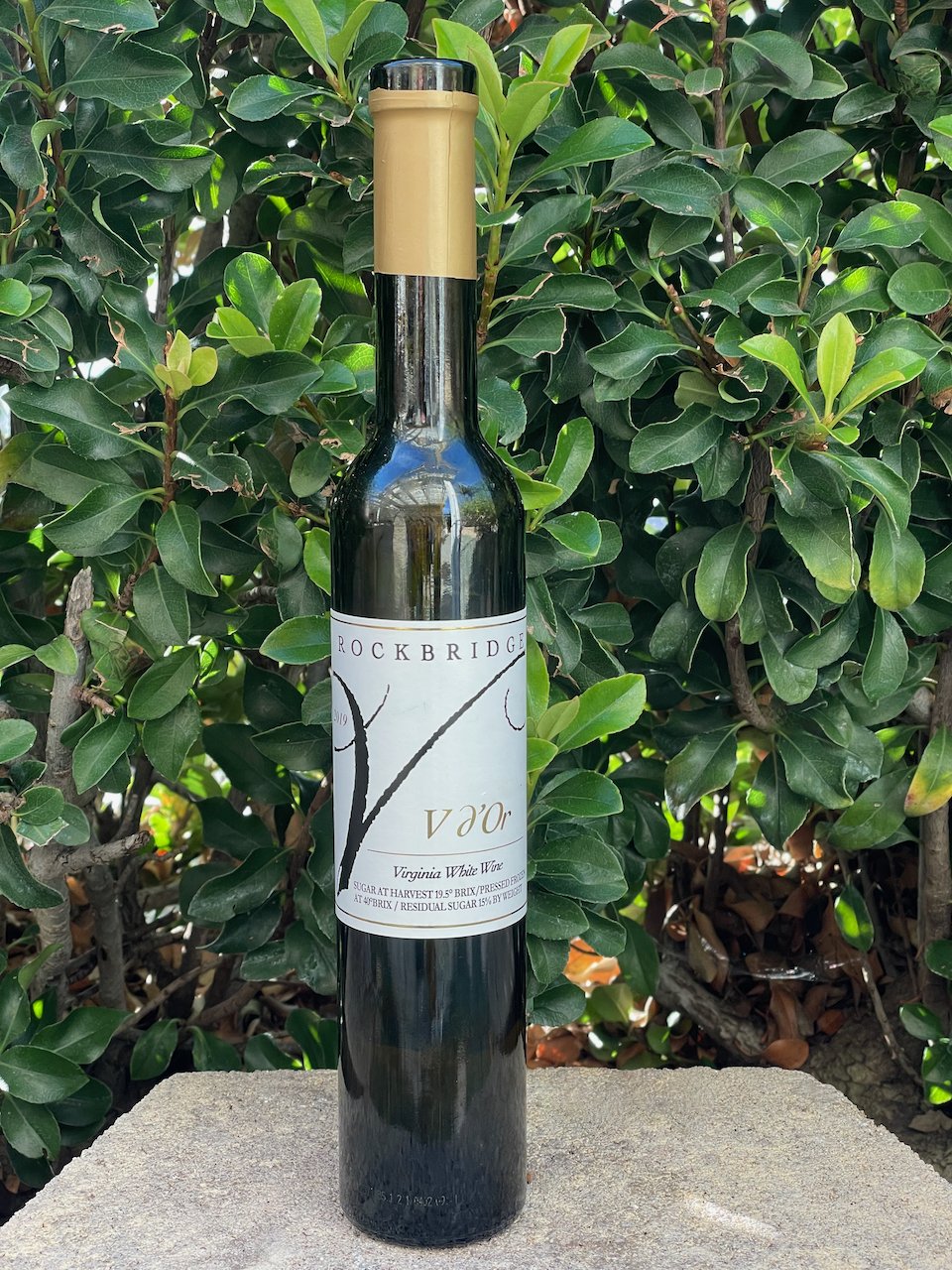Image by OpenClipart-Vectors from Pixabay
Amphora is a ceramic vessel usually made of earthenware (e.g., clay or terra cotta) that was originally used in the transport of grains in Roman times. Research has shown that the use of amphorae dates to as early as 6,000 B.C.
Over time, amphora was found to be useful in the production, aging and storage of wine.
Amphora earthenware is naturally porous. It can be made to be impervious to external oxygen by internally lining it with wax (i.e., beeswax) or tree resin. This creates a thin, smooth, polished coating that does not impart any flavor. Or, if the winemaker desires, it may be left unlined.
Amphora vessels may be placed below ground or stand above ground.
To produce wine, crushed grapes go into the amphora vessels for fermentation. During fermentation, the grapes are stirred with a wooden paddle and punched down to maximize the wine’s skin-contact. Also, during fermentation, the amphora is usually moistened externally to help keep the temperature of the fermenting grapes down. The amphora may also be wrapped in wet burlap or other fabrics to enhance the cooling effect.
The amphora vessels were often covered with wooden or clay tops or paper. These covering didn’t seal the vessel from oxidation so some winemakers used a thin layer of olive oil as a liquid cap to prevent air contact with the wine.
The use of Amphora in winemaking has been experiencing a renaissance across the globe and can now be seen in places like the United States, Chile, Portugal and Australia. Modern amphoras provide natural micro-oxygenation without added flavors/aromas that oak can impart, temperature regulation, preservation of wine freshness, cleanliness, and when well-maintained they can practically last forever.
Today's use of amphorae in winemaking is a remarkable connection between ancient traditions and modern innovation. As winemakers continue to explore and experiment with this age-old vessel, they unleash a wave of creativity that breathes new life into the world of wine. From preserving the character of the grapes, to enhancing complexity and showcasing terroir, amphorae have become an indispensable tool in the winemaker's arsenal.
As we toast to the future, let us raise our glasses to the ancient wisdom of the past, forever etched within the graceful curves of the amphora, ensuring that the story of wine continues to evolve and captivate for generations to come. Cheers!






